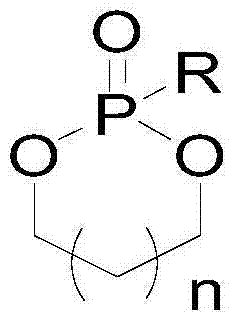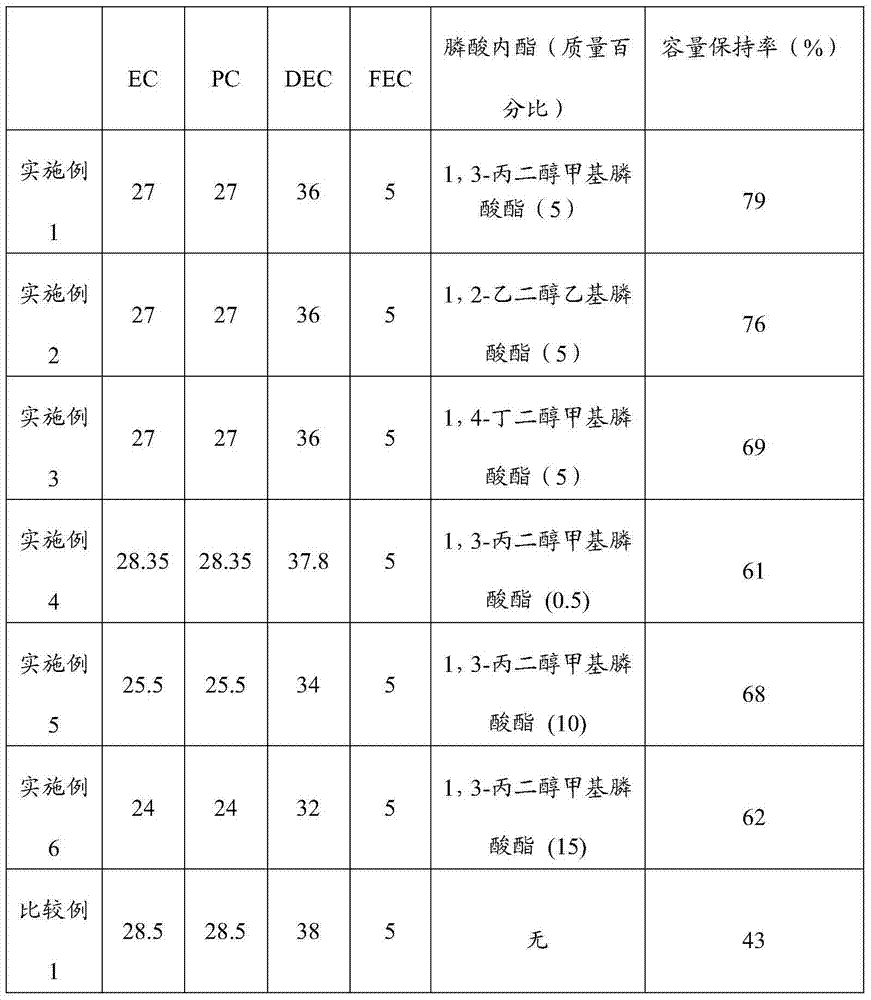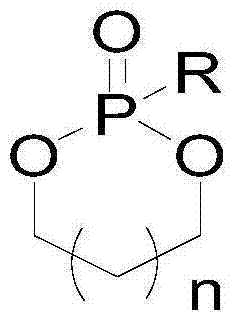Lithium ion secondary battery electrolyte
A secondary battery and electrolyte technology, applied in secondary batteries, organic electrolytes, non-aqueous electrolytes, etc., can solve problems such as graphite peeling, achieve the effect of improving initial discharge capacity and solving graphite peeling
- Summary
- Abstract
- Description
- Claims
- Application Information
AI Technical Summary
Problems solved by technology
Method used
Image
Examples
preparation example Construction
[0015] The preparation method of the positive electrode sheet is as follows: lithium cobaltate, conductive agent SuperP, and binder PVDF are mixed uniformly at a mass ratio of 96:2.0:2.0 to make a lithium ion secondary battery positive electrode slurry with a certain viscosity, and coated on the set On fluid aluminum foil, the coating amount is 0.0194g / cm 2 , after drying at 85°C, cold pressing; then trimming, cutting, and slitting, and drying at 85°C for 4 hours under vacuum conditions after slitting, and welding the tabs to make lithium-ion di Secondary battery positive.
[0016] The preparation method of the negative electrode sheet is as follows: graphite, conductive agent SuperP, thickener CMC, and adhesive SBR are made into slurry at a mass ratio of 96.5:1.0:1.0:1.5, coated on the current collector copper foil and placed on the Dried at 85°C, the coating weight is 0.0089g / cm 2 After trimming, cutting, and slitting, dry at 110° C. for 4 hours under vacuum conditions aft...
Embodiment 1
[0021] Ethylene carbonate (EC), propylene carbonate (PC), diethyl carbonate (DEC), fluoroethylene carbonate (FEC) (fluoroethylene carbonate is a kind of halogenated cyclic carbonate) and Cyclic phosphonates are mixed according to the mass ratio in Table 1 to obtain an electrolyte solvent, and 1M LiPF is dissolved in the electrolyte solvent 6 That is, a non-aqueous electrolyte solution is obtained.
[0022] Preparation of lithium-ion secondary battery: The positive electrode sheet, negative electrode sheet and separator of the lithium-ion secondary battery prepared according to the aforementioned process are made into a lithium-ion secondary battery with a thickness of 4.2mm, a width of 34mm, and a length of 82mm through a winding process. Batteries were vacuum-baked at 75°C for 10 hours, injected with the above-mentioned non-aqueous electrolyte, and left to stand for 24 hours, then charged to 4.2V with a constant current of 0.1C (160mA), and then charged at a constant voltage ...
Embodiment 2
[0024] Lithium-ion secondary battery was prepared with reference to the method of Example 1, except that when preparing lithium-ion secondary battery electrolyte, 1,2-ethylene glycol ethyl phosphonate was used to replace 1,3-propylene glycol methyl in Example 1 base phosphonate.
PUM
| Property | Measurement | Unit |
|---|---|---|
| thickness | aaaaa | aaaaa |
| width | aaaaa | aaaaa |
| length | aaaaa | aaaaa |
Abstract
Description
Claims
Application Information
 Login to View More
Login to View More - R&D
- Intellectual Property
- Life Sciences
- Materials
- Tech Scout
- Unparalleled Data Quality
- Higher Quality Content
- 60% Fewer Hallucinations
Browse by: Latest US Patents, China's latest patents, Technical Efficacy Thesaurus, Application Domain, Technology Topic, Popular Technical Reports.
© 2025 PatSnap. All rights reserved.Legal|Privacy policy|Modern Slavery Act Transparency Statement|Sitemap|About US| Contact US: help@patsnap.com



